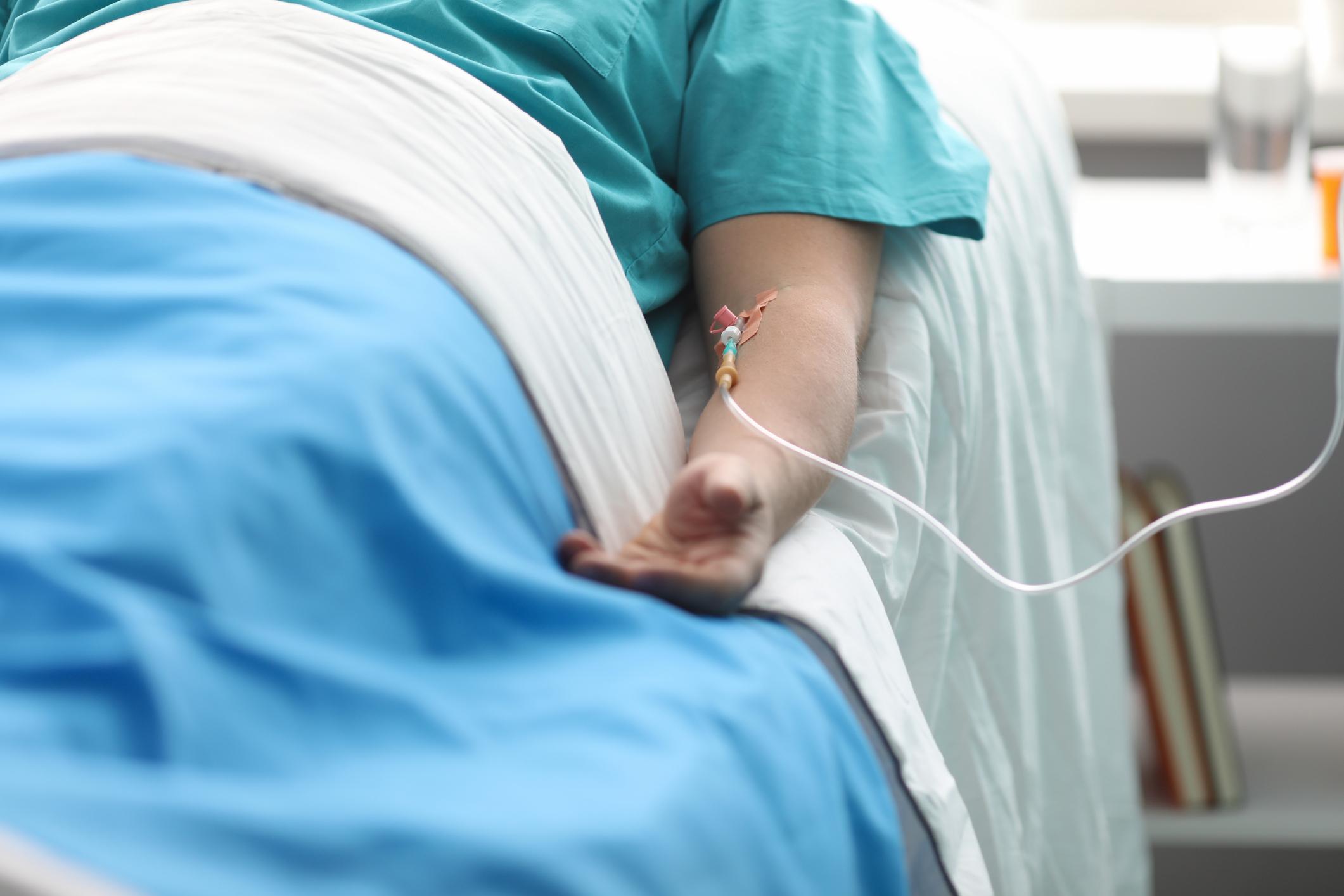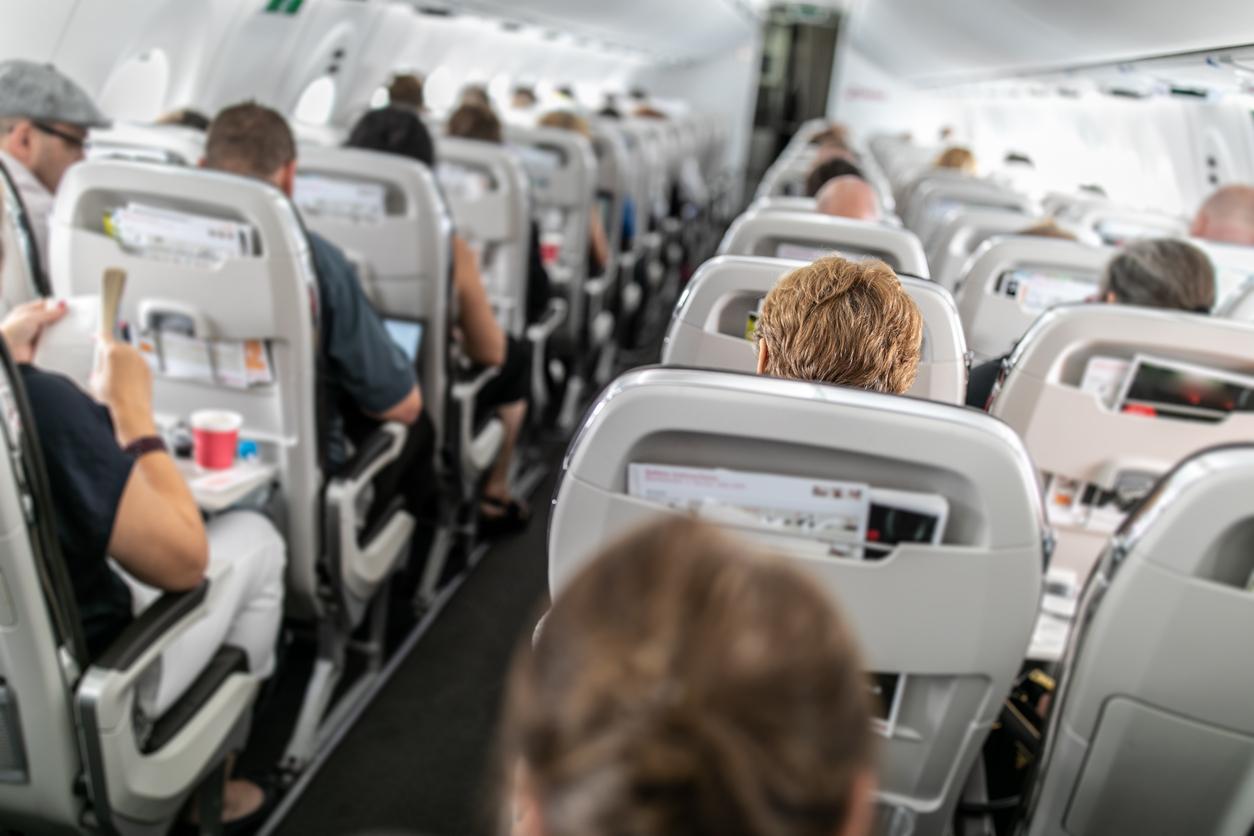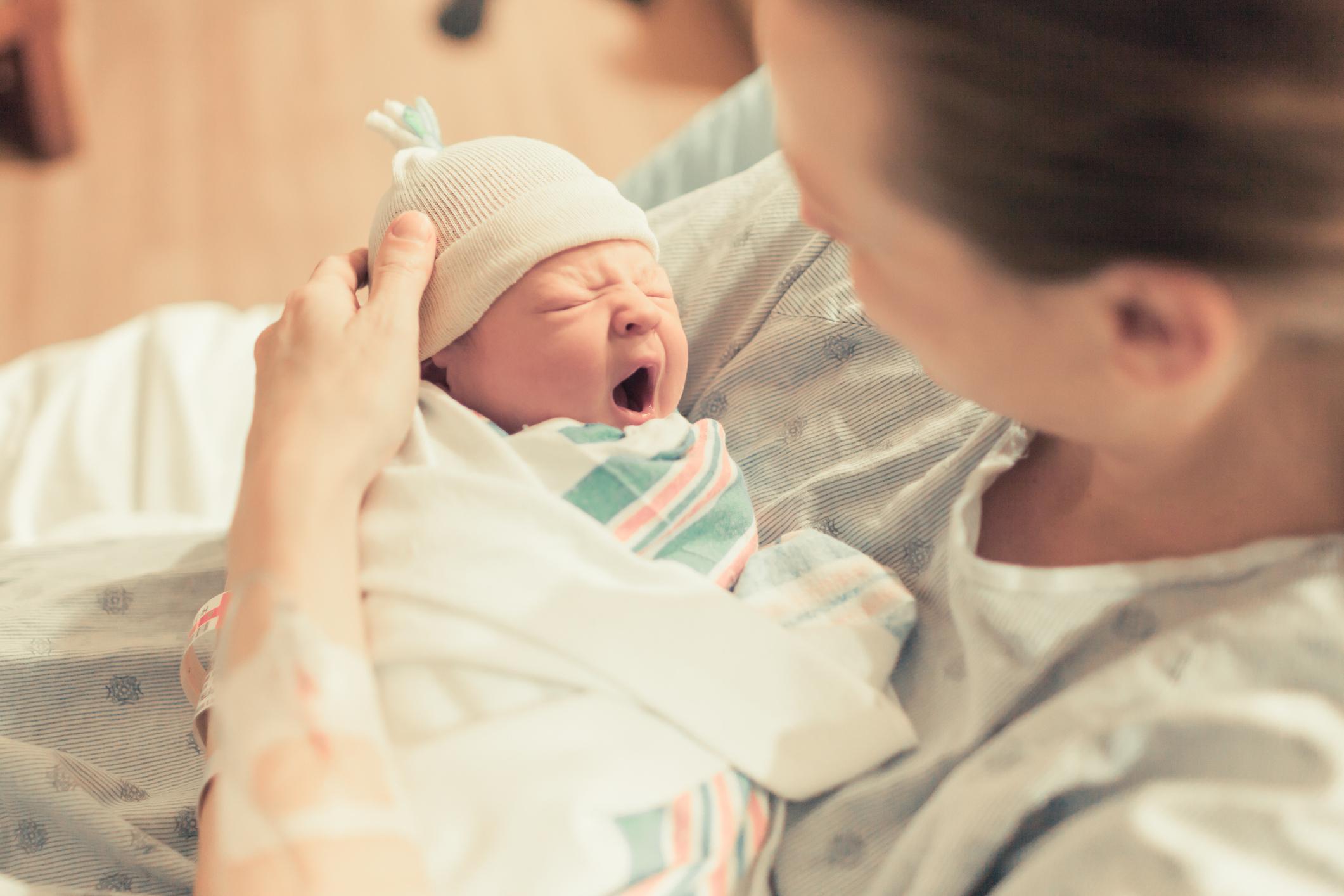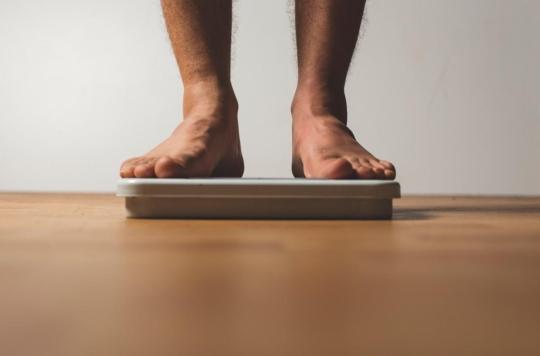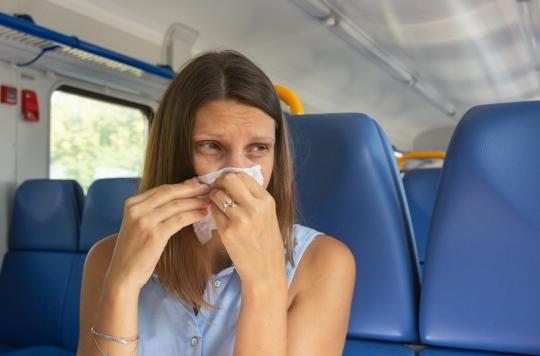REPORTING. To repatriate its soldiers injured during a conflict or an attack, the French army transforms planes into flying resuscitation services.
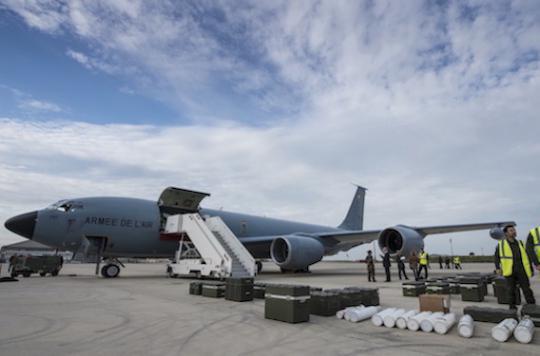
On the tarmac, the Boeing C135 purrs silently. The medical team, in military fatigues, boarded the plane which is usually used to supply the French army’s air fleet. Direction Africa, where an improvised explosive device (IED) has just struck soldiers who must be repatriated urgently to France.
Lego set
For the purposes of the mission, the aircraft was fitted with the Morphée * system, a removable medical kit that transforms the aircraft into a flying resuscitation service in two hours. The traditional machines (oscilloscope, inverter, fan, etc.) were attached to the walls and clipped to the end pieces, like a Lego game. This device, at the forefront of health technology, makes it possible to take care of the seriously injured under general anesthesia and artificial ventilation, and of the lighter wounded, under infusion. Twelve people can thus be evacuated.
For three hours, the plane that takes off from Istres air base 125 (Bouches-du-Rhône) this Tuesday in October will actually only tour France. It is indeed a military exercise which simulates a Morphée mission of medical evacuation of war wounded. About thirty soldiers from the Army Health Service are also participating in the exercise to train in the module.
Warrant Officer Esthell, air conveyor: ” We chose this scenario because IED can cause various pathologies, light and heavy – internal damage, mine feet, tearing of a limb, fracture, trauma … “
Extreme conditions
In the converted Boeing there is a heavy smell of kerosene. In the absence of a window, the interior is plunged into semi-darkness; only stretchers benefit from whitish lighting. “It’s rustic! exclaims Captain Sophie, conveyor of the air. We are in an old machine, designed in the 1950s. Well, as long as there is no smoke, there is no need to worry ”. However, no one forgets the risk of explosion, when the plane is carrying 100,000 liters of gaseous and liquid oxygen.
Extreme conditions that the medical team must learn to cope with. “This summer, we reached 48 degrees on the plane, remembers chief physician Laurent, anesthesiologist-resuscitator. In flight, when it triggers, there is a lot of noise – 75 to 90 decibels in the whole device… It drives you crazy! We do not hear the alarms or the sick – hence the system of indicator lights ”. To communicate, the crew wears PNR helmets and Qies balls to protect themselves from ambient noise.
Altitude threatens patients
The other difficulty obviously concerns the patients. Only those whose condition has been stabilized in a hospital in the theater of conflict can board the medicalized supply vessel. But the altitude threatens at every moment to worsen their diagnosis. “Oxygen is becoming scarcer and patients suffering from respiratory pathologies are at risk of decompensating,” explains chief physician Boris, aeronautical general practitioner. There is also a problem linked to pathologies of the cavities, in particular with pneumothorax (presence of air between the lung and the thoracic cavity) which can dilate at altitude and become compressive ”.
Dive into the heart of the French army’s flying resuscitation medical service bit.ly/1KNlALO
Posted by Why actor on Saturday, October 31, 2015
The purpose of the exercise that is taking place is precisely to simulate, with the help of mannequins, situations in which the state of health of patients worsens. In flight, several scenarios are staged – a probe clogged with mucus that must be replaced, an oxygen and electricity failure to compensate, a morphine infusion to be plugged in … Sometimes simple actions, which may be necessary. prove to be very complex in this hostile environment.
Flight simulations, aboard the Air Force Boeing C135.
5 missions on the Morpheus counter
In real conditions, the Morpheus system has been used five times – four times in Afghanistan, one in Kosovo. The last mission dates back to January 2012, when an Afghan soldier opened fire on French soldiers. Results: five dead, twelve injured, some seriously.
“It was a very intense mission, remembers general care nurse Nicolas. On the other side of the plane, towards the intensive care units, the patients were under general anesthesia. On the other hand, those I watched were all aware. We could detect the beginnings of post-traumatic stress that was taking hold ”.
Nicolas, general care nurse: “These people are evacuated before they have been able to debrief what happened and experience this flight very badly. They have feelings of guilt, of shame ”
Fears about the future of Morpheus
Despite the usefulness of this device, concerns weigh on its future. While the Air Force is renewing its refuellers in favor of the Airbus A400M and A330 MRTT, which will arrive in 2019, a question arises: will the Morphée module be adapted to the new aircraft?
This question is all the more delicate given that the budgetary context imposes restrictions, a fortiori in the armed forces. Morpheus is expensive and is not used much – which we can also be happy about. The system is indeed designed for the C135; it will require some adjustments for the Airbus. Will the French state pay to adapt the device? Will he abandon it? An unfounded fear, according to the Army Health Service, which considers the hypothesis of a renunciation improbable.
In any case, if the State agrees to put its hand in the wallet, the working conditions of the military medical team should radically improve. They will be similar to those of the Germans, who have a permanently medicalized Airbus, whose comfort is enough to make the French soldiers blush with envy. “The operation is the same, but the environment is more pleasant, testifies a German military anesthesiologist, who came to train on Morphée. It’s a bit like Microsoft and Apple… Both work, but one is more chic than the other! “
Lieutenant Colonel, anesthesiologist in the German army: ” Our Airbus is designed to be medicalized. You, you have made the choice to equip an air tank with a very sophisticated system. “
* Resuscitation Module for High Elongation Evacuation Patient
.










